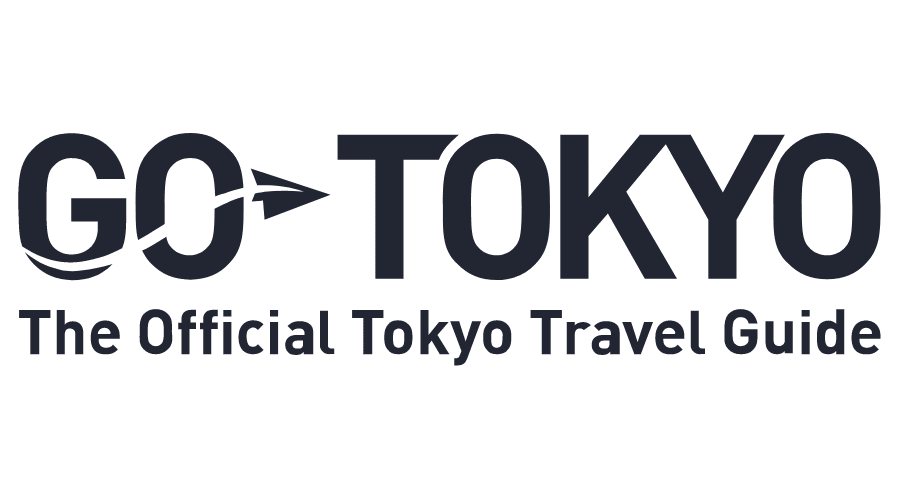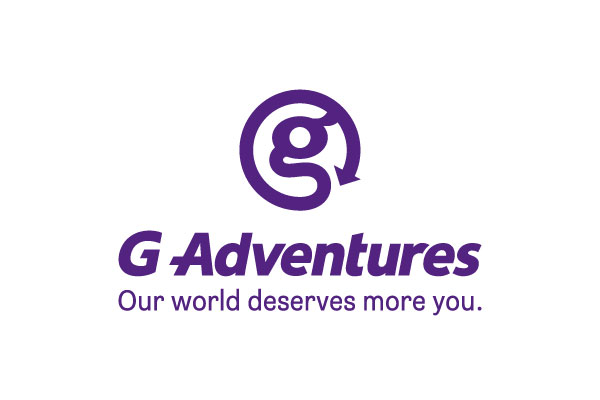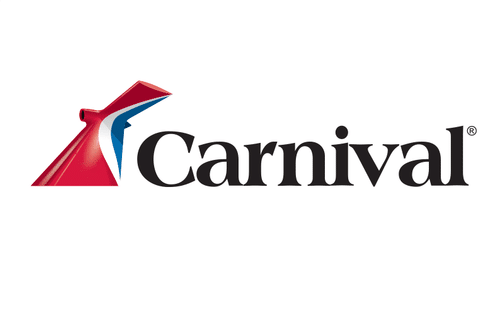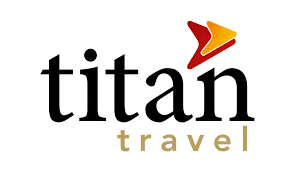Save money by cutting commissions?
Cruise lines’ 13-14% commission payments are a “significant opportunity” to save money at some point in time, says a recent financial analysis in the US.
“We view the way the airlines have reduced commissions over the past 10 years as illustrative…although there are significant differences in airline and cruise product that will likely prevent the cruise companies from following the same dynamics,” said UBS analyst Robin Farley in the analysis.
The 124-page report said that while airline commissions have fallen from 10% roughly 15 years ago to about 2% today, cruise line commissions have stayed at a steady 13-14% range.
Cruise commissions for agents can reach 20%, but the average is 13-14%, according to the study.
The report said travel agent commissions are one of the highest components of expenses as a percentage of sales.
Despite industry estimates that agents book upwards of 90% of cruises in the US, the study said the figure was closer to 80-85%.
“The remaining 15-20% is derived from the operators’ direct sales, including cruise line internet sites,” said Ms Farley.
Carnival has already chipped away at distribution costs by trying to grow direct bookings, the study found. The cruise line in the past two years has not renewed agreements with three of the larger US travel consortia, Carlson Wagonlit, GIANTS and Vacation.com.
“Carnival notes that not having an agreement does not mean it is not still doing business with those travel agents,” Ms Farley said.
Carnival has been the most forthcoming in the move to sell more directly, she said.
She noted that Carnival and Royal Caribbean International allow customers to book directly on line, while Norwegian Cruise Line makes customers book with agents.
“All of the company web sites provide much information about the benefits of travel agents,” she said.
Other findings of the study:
• The US market makes up about 70-75% of worldwide cruise passengers, but about 85% of Americans have never cruised.
• Aging American demographics should fuel future demand for cruises as a quarter of the US population in 2005 will be in the 45-64 age category.
• Six brands have roughly 86% of the North American capacity, up from about 76% in 1998.
• Of those six, the two largest are Carnival and Royal Caribbean, both of which have 23% of the market. They are followed by Princess, Norwegian Cruise Line, Holland America and Celebrity.
• The cruise industry in North America grew by 10.6% in 2002 and 7% in 2003 to 8.2 million. The 2004 capacity “appears” to be 11-12%.
• Future growth should be 4.6% in 2005 and 6.4% in 2006.
• Carnival should grow in North America by 10% a year, while Royal Caribbean will grow 5%, through the year 2006.
• Cruising is a high-repeat business. “Some industry estimates indicate roughly 60% of cruise passengers take another cruise within five years,” the report said.
• “Even with the dominance of larger brands, some smaller brands do fill a niche, appealing to consumers who might be motivated by specific itineraries, or who might seek a high-end or budget-conscious vacation,” the report said.
Ms Farley said she did not expect cruise lines to do anything immediate or dramatic to change the agent booking system.
Report by David Wilkening
 United Kingdom
United Kingdom United States
United States Asia Pacific
Asia Pacific












































BA suspending all Heathrow to Abu Dhabi flights
Turkish Airlines flight in emergency landing after pilot dies
Unexpected wave rocks cruise ship
Woman dies after going overboard in English Channel
Foreign Office issues travel advisory for winter sun destinations